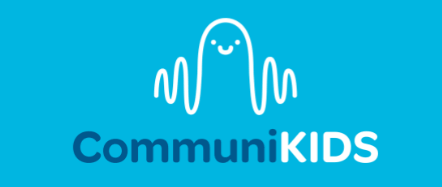Phonological Awareness Milestones: Foundation for Literacy
Phonological awareness refers to a child’s ability to hear and manipulate the individual letters and sounds within a word. It is an important foundational skill for reading and writing in primary school years. Without phonological awareness, children will struggle to identify the different sounds within a word and identify letter-sound correspondences.
Ages 3-4
Between 30 - 36 months, children will begin to listen to and understand the concept of ‘rhyme’. This includes being able to identify rhyming words (both real and made up), as well as beginning to think of their own rhyming words. At this age, children may enjoy rhyming songs and games.
Ages 4 - 5
Between the ages of 4 - 5, many children will be in pre-primary, where the focus on literacy and phonological awareness starts to increase. Children begin developing the ability to clap out syllables in words of varying lengths (e.g. cat - er - pill - ar). They also begin to develop the ability to recognise when two words start with the same sound (cat/cap). When provided with 2 word parts (f + an), children should be beginning to develop the ability to push together, or blend, the word parts to say the word (fan). Once they’ve done this, 50% of 5 year old children can then count the number of sounds present in the word (fan = 3 sounds).
Ages 5-6
Between the ages of 5 - 6, children are expected to be able to list words starting with the same sounds and begin identifying which word is different when given a set of three words (e.g. cat - cap - cat). Children will also begin to blend, or push together, 4 sounds to say a word (b - e - l - t = belt) and separate a word into 4 sounds (belt = b - e - l - t).
If a child is falling behind with their phonological awareness skills at this age, there are implications for delays as the focus shifts from verbally practising these skills to reading and writing words. In particular, children may struggle to break words down into smaller, more manageable parts. This may make it challenging for children to read and write words of varying lengths and complexities.
Ages 6-7
Between the ages of 6-7, children begin to develop higher level phonological awareness and literacy skills. They begin to have a greater ability to manipulate, or change the internal structure, of words. For example, children start to be able to delete a syllable within a word, such as taking ‘cup’ out of ‘cupcake’ to make ‘cake’. They can also begin to delete single sounds (cup take away c = up), or change sounds within the word (change the c in cup to p = pup).
Age 8
At this age and above, children are expected to be using their phonological awareness skills in their reading and writing. They begin to read and write multisyllable words, drawing on their skills to break the words into more manageable parts. As they get older, their reading and writing becomes increasingly quick and fluent.
To see the above information in a table format, please click here.
